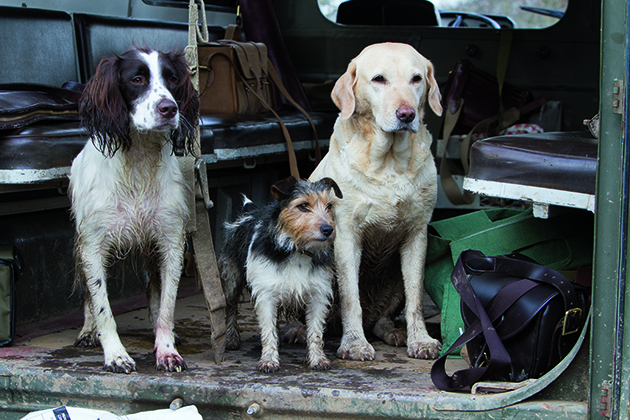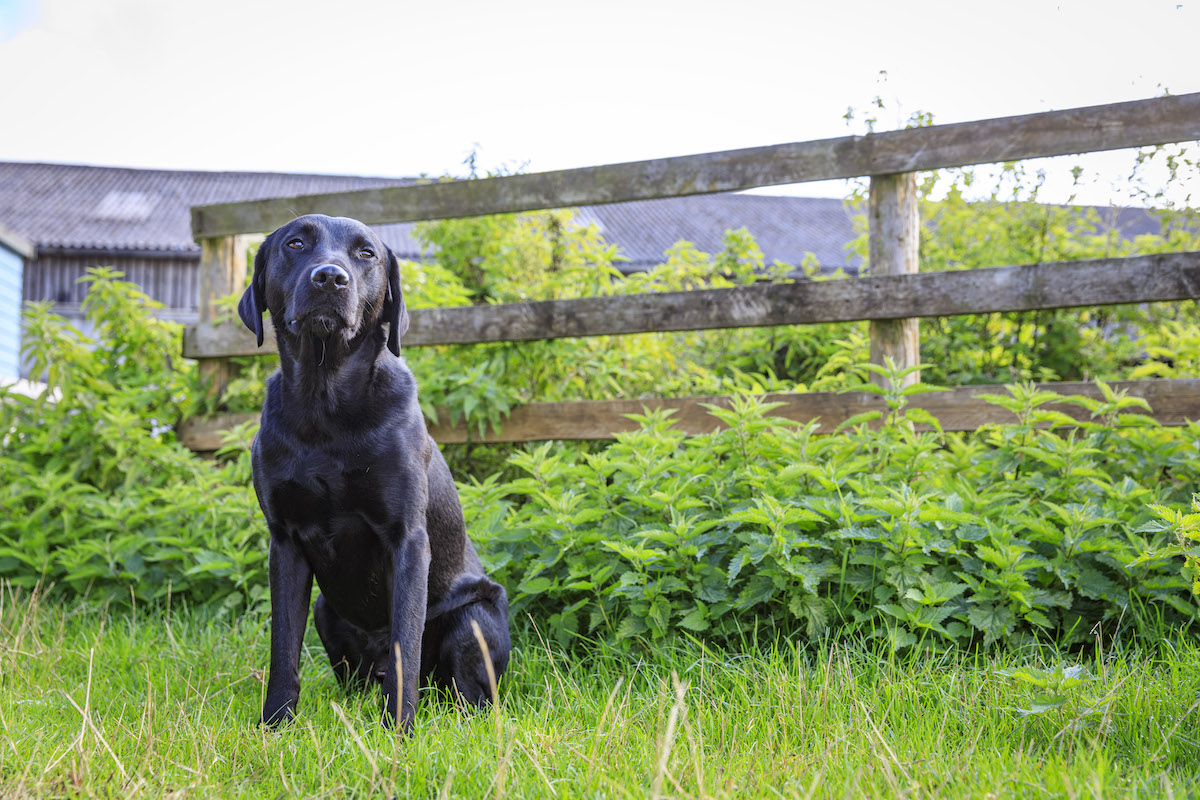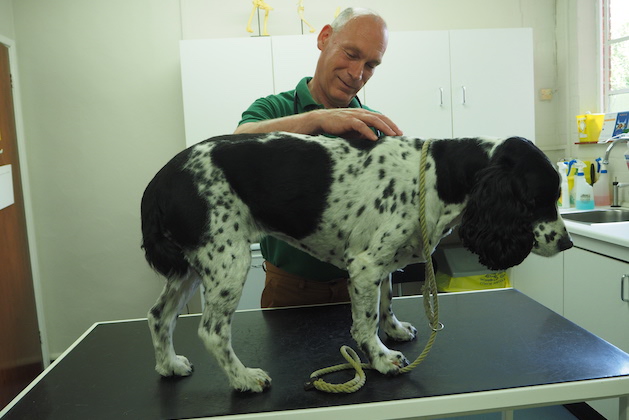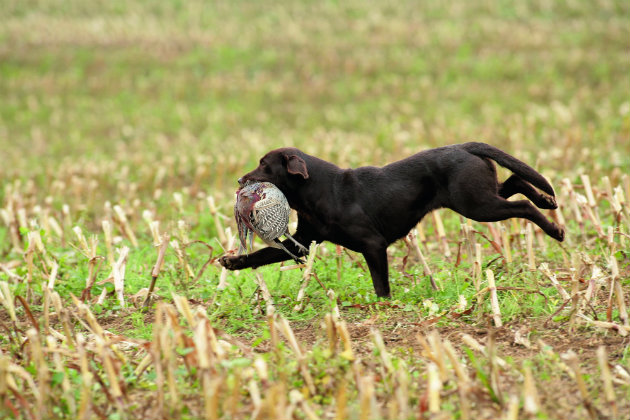Stinging nettles and dogs
Win CENS ProFlex DX5 earplugs worth £1,149 – enter here
What can I do to protect my dog against Alabama rot?

Q: Is it true that Alabama rot is most prevalent in the autumn and winter? If that is the case, is there anything I can do to protect my dog?
A: We refer to this disease as CRGV (idiopathic cutaneous and renal glomerular vasculopathy). It was first recognised in the UK in 2012-2013 in dogs walked in the New Forest. It has been reported in many other parts of the country since.
Affected dogs present with skin lesions and acute kidney failure. Post-mortem examination has revealed microscopic changes in the kidneys that were almost identical to those reported earlier among greyhounds in the US affected by
a disease, which was popularly known as Alabama rot at the time.
Kidney failure
The skin lesions appear as a swollen patch of red skin or a defect like an ulcer, generally — but not exclusively — below the knee or elbow. They can also be found in the mouth, or on the tongue. Over the subsequent two to seven days affected dogs can develop clinical signs of kidney failure, which can include vomiting, reduced appetite and tiredness. Though the majority of affected dogs have died or been put to sleep due to acute renal failure, aggressive veterinary treatment has enabled a proportion of dogs to recover. The cause of the disease remains unknown.
Reported numbers in UK low
Research is being carried out to try to discover more about the risk and spread of the disease and so far it seems there are more cases reported in the autumn and winter. I should emphasise, however, that the total numbers of reported cases in the UK have been relatively low and that skin lesions and kidney failure in dogs are much more likely to be due to other causes.
Should you vaccinate your dog every year? Is it necessary?
Vaccinating gundogs If you read any of the old dog books, you will be reminded that distemper was once the…
How to treat paw injuries in the field
A: It can affect a dog but tetanus is relatively uncommon, particularly if a wound bleeds to any extent. There is no equivalent…
Wash your dog
Without knowing what causes this disease, it is difficult to advise on prevention. Washing the dirt off your dog, especially after being walked or worked in woodland, would seem sensible, and be vigilant because early recognition and aggressive management of this disease are crucial. Speak to your vet if you are concerned about your dog. TB
Related Articles
Get the latest news delivered direct to your door
Subscribe to Shooting Times & Country
Discover the ultimate companion for field sports enthusiasts with Shooting Times & Country Magazine, the UK’s leading weekly publication that has been at the forefront of shooting culture since 1882. Subscribers gain access to expert tips, comprehensive gear reviews, seasonal advice and a vibrant community of like-minded shooters.
Save on shop price when you subscribe with weekly issues featuring in-depth articles on gundog training, exclusive member offers and access to the digital back issue library. A Shooting Times & Country subscription is more than a magazine, don’t just read about the countryside; immerse yourself in its most authoritative and engaging publication.










